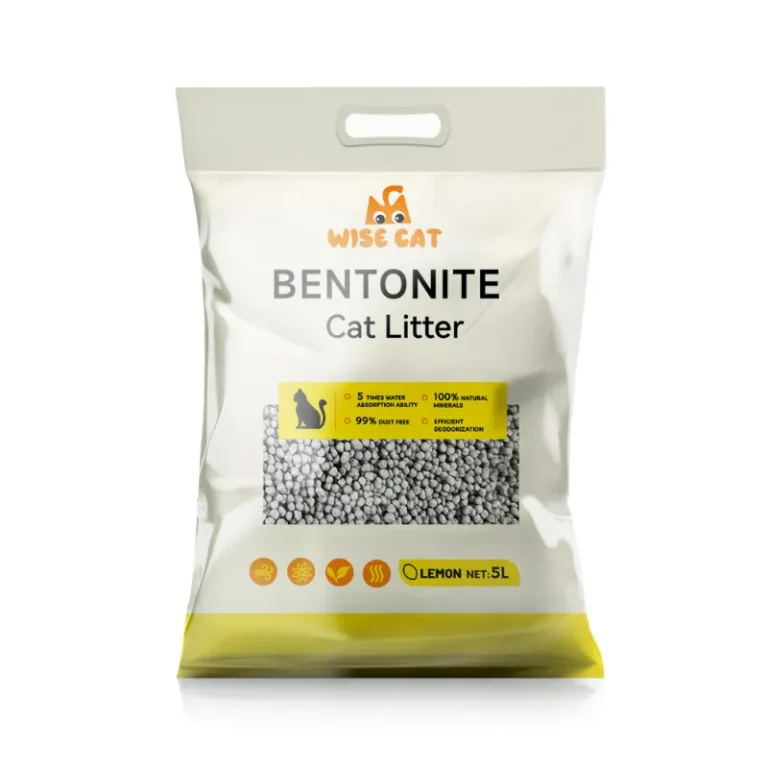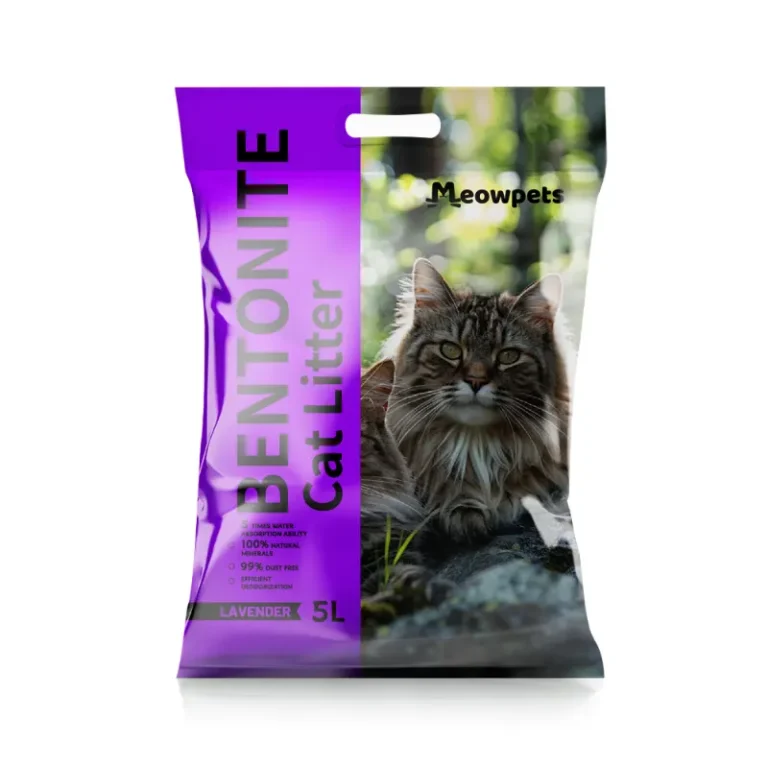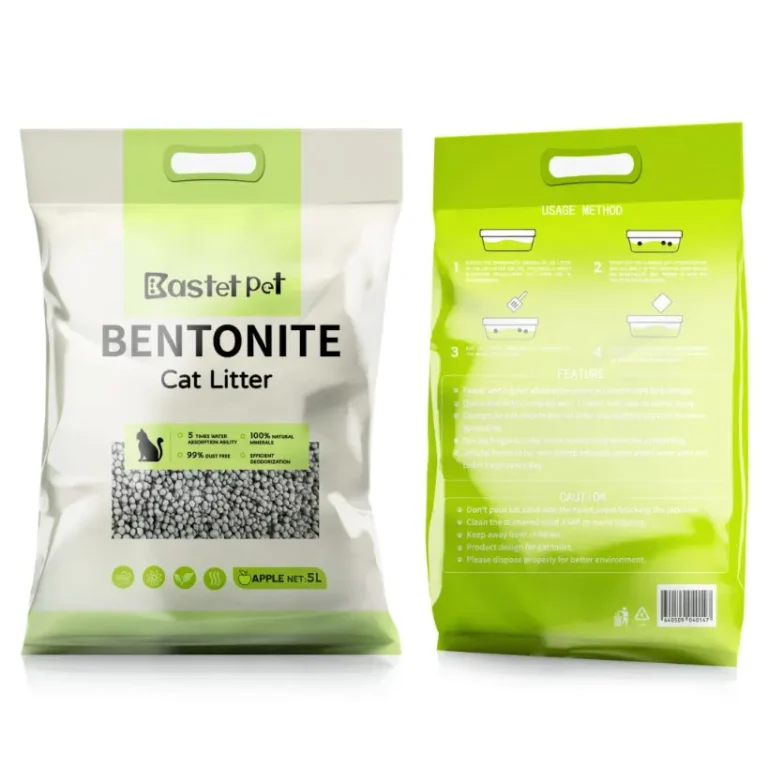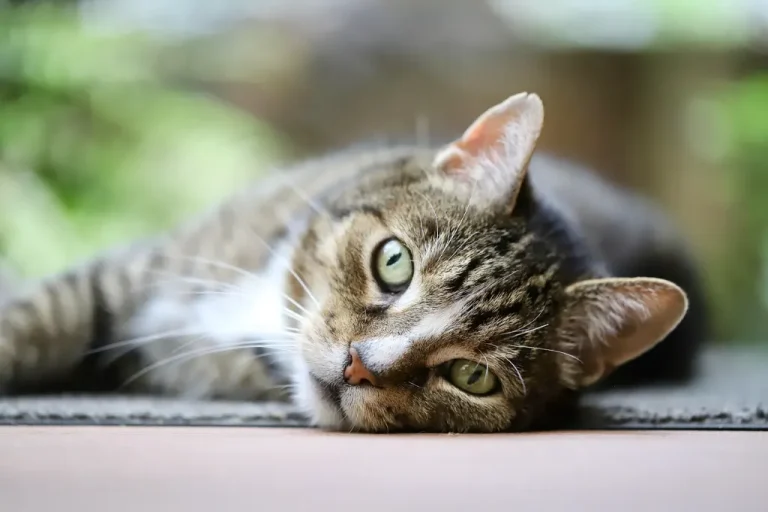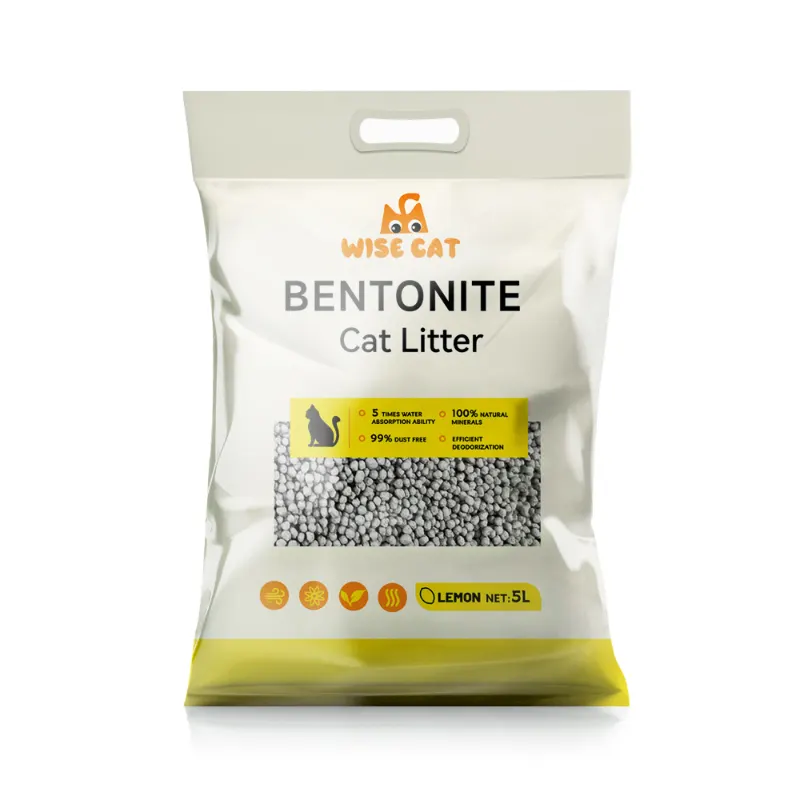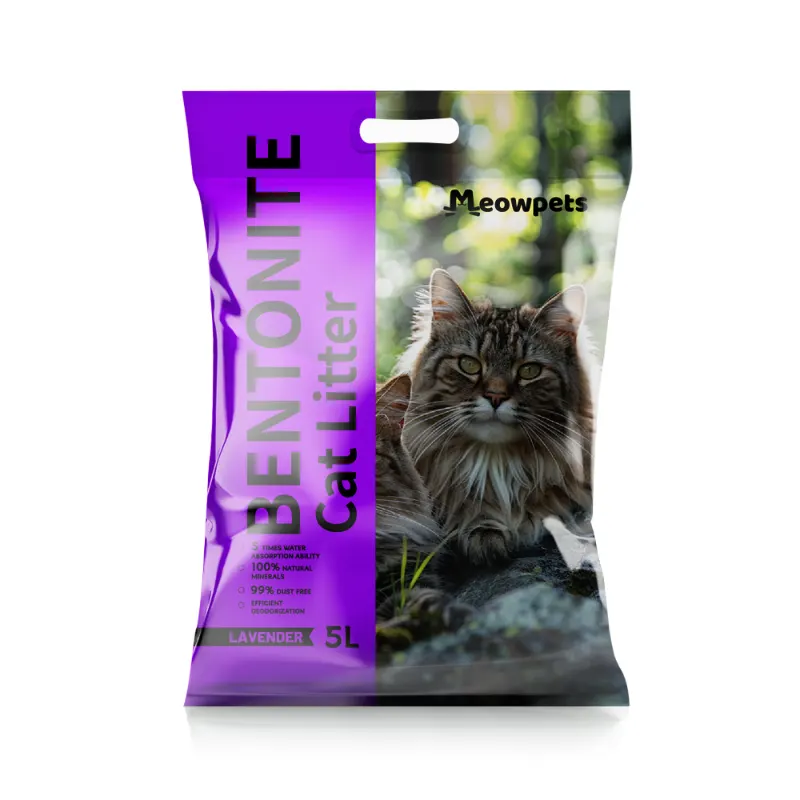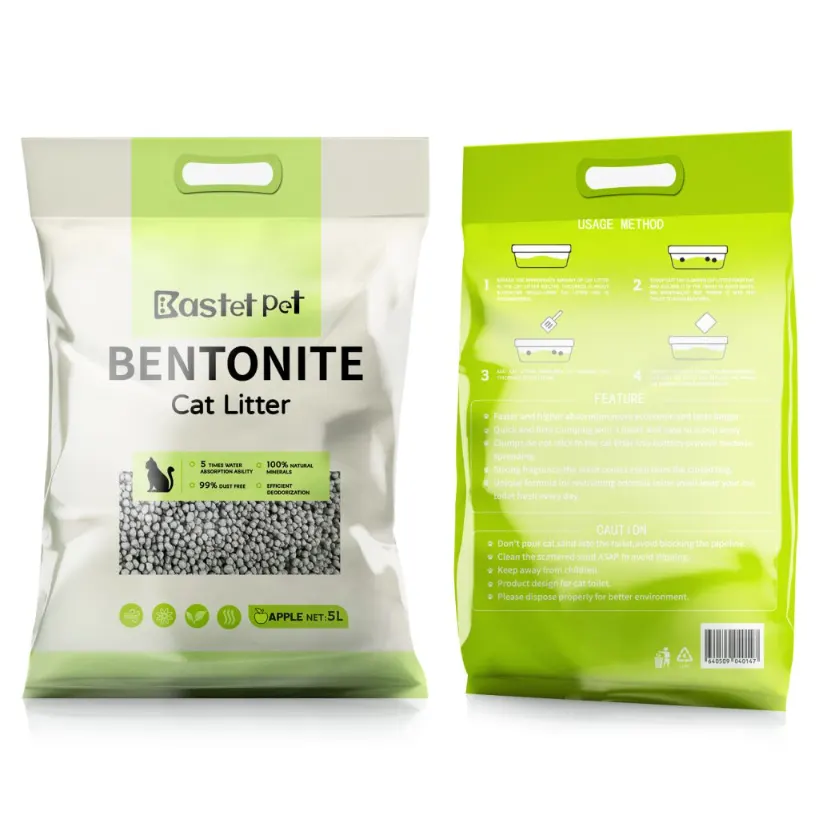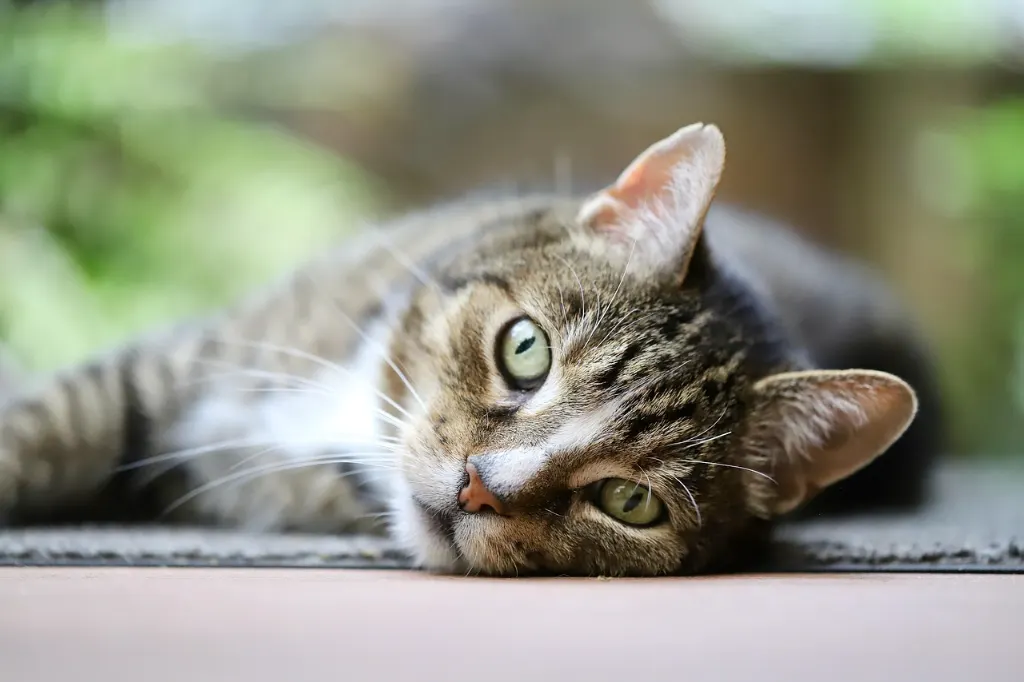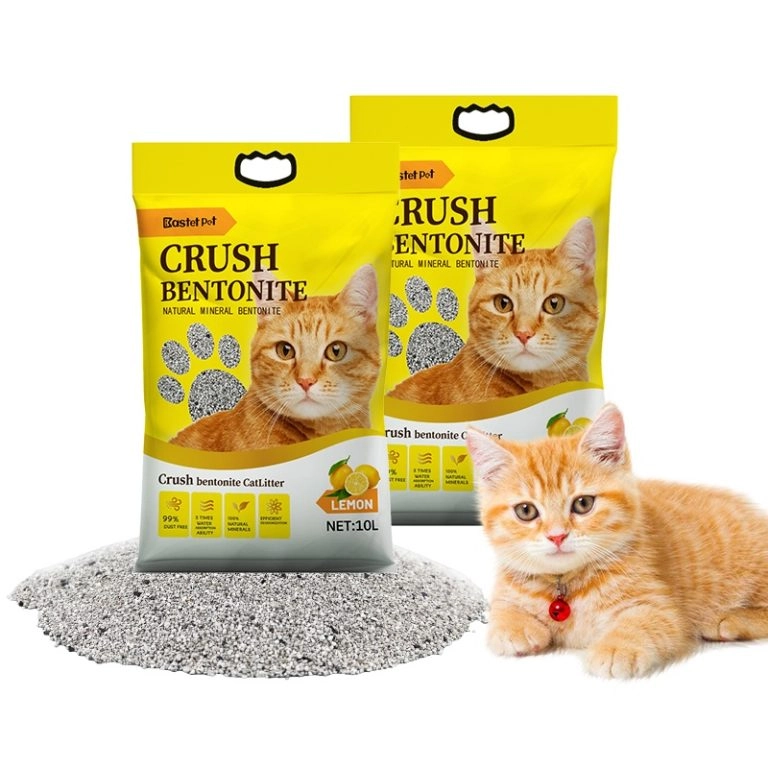
Typical Timeframes for How Long Cats Can Hold Their Pee
Average Duration Cats Can Go Without Urinating
Cats got a natural pee rhythm, kinda like us. A healthy grown-up cat pees about two to four times a day. That means they can hold it for 12 to 24 hours without trouble. But it depends. Stuff like age, what they eat, how much they drink, and health can change things. Kittens and old cats can’t hold it as good. They need to go more. Cats on wet food or drinking lots pee more than dry-food kitties.
Situations Where Cats May Hold Their Pee Longer Than Usual
Sometimes cats wait longer to pee. Travel’s a big one. Cats stuck in carriers for car rides or flights might skip the litter box ‘cause they’re stressed or it’s weird. Moving to a new place or shifting furniture can mess up their routine too. In houses with lots of cats, fighting over boxes can make some hold it longer.
Signs That a Cat Has Been Holding Pee Too Long
If your cat ain’t peed in over 24 hours, watch out. They might act antsy, keep running to the box but not pee, meow like they’re hurting, or lick their private parts a ton. Hiding or acting grumpy can mean they’re feeling bad inside.
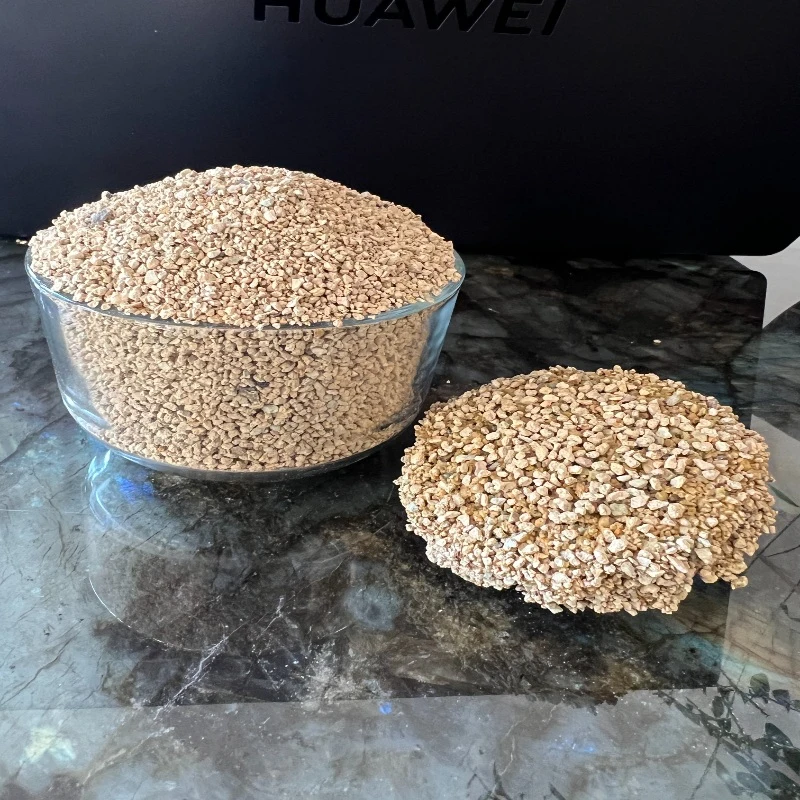
Health Risks of Holding Urine Too Long in Cats
Potential Medical Issues Caused by Retained Urine
Holding pee too long is bad news. It can cause big problems like feline lower urinary tract disease (FLUTD). That’s stuff like infections, swelling, bladder stones, or blockages—especially in boy cats. A blocked pee tube is super dangerous. It stops waste from leaving, builds up toxins, and can hurt kidneys or even kill if not fixed fast.
Behavioral and Emotional Impacts on the Cat
Holding it ain’t just bad for their body. It can mess with their head too. Pain makes cats nervous or sad. They might start hating the litter box ‘cause it hurts to pee. Then they pee on stuff like rugs or couches.
When to Seek Veterinary Help
If your cat hasn’t peed in 24 hours or looks like they’re hurting when they try, get to a vet quick. Catching it early stops stuff like bladder busts or kidney trouble.
The Role of Cat Litter in Promoting Healthy Urination Habits
Importance of Clean and Accessible Cat Litter Boxes
A clean, easy-to-reach litter box makes cats pee regular. Dirty boxes make them hold it longer. You need one box per cat, plus one extra. Put them in quiet spots where cats can get to them easy. Cats love routine. Moving the box or changing litter fast can mess them up.
Choosing the Right Type of Cat Litter for Your Cat’s Needs
Picking good litter ain’t just for you—it keeps your cat healthy and happy.
Bentonite Cat Litter: Absorbency and Odor Control
Regular bentonite clay litter clumps awesome and zaps smells. But it’s dusty and can be a pain. That dust might bug cats or people with breathing issues.
Tofu Cat Litter: Eco-Friendly and Gentle on Paws
Want green stuff that works great? BASTET Tofu Cat Litter uses food-safe stuff like pea fiber and corn starch. Fancy tech makes it soak super fast and kill odors. It’s low-dust, flushable, and soft on paws—perfect for kittens or old cats.
Mixed and Ore-Based Litters: Combining Benefits for Optimal Use
Mixed litters blend bentonite with stuff like natural fibers for extra power. They clump good and cut dust while zapping smells better. Organic Tofu Cat Litter and Signature Tofu Blend Cat Litter are earth-friendly and super handy.
Environmental and Behavioral Factors Affecting Urination in Cats
Stress, Territory, and Changes in Routine
Cats are fussy. They love things staying the same. New pets, people, or loud noises stress them out. That can make them skip the litter box or hold their pee. One bossy cat might block others from the box in shared houses.
Multi-Cat Households and Litter Box Competition
Got a bunch of cats? You need enough boxes. Cat litter’s a must to keep your place clean and stop cats from peeing in weird spots. If boxes are too few or dirty, shy cats might hold it ‘til they’re alone. That’s risky and makes cats fighty.
Travel, Confinement, or Lack of Access to Litter Boxes
Travel or being stuck in a cage—like after surgery—cuts box access. Cats hate strange litters or spots. They might not pee ‘cause it don’t feel right. Use the same litter as home in travel boxes to make them comfy.
Tips for Encouraging Regular Urination in Cats
Proper Placement and Number of Litter Boxes at Home
Put a box on every floor, especially for old cats who don’t climb stairs good. Keep them away from loud stuff like washers that scare cats off. Don’t stick boxes by food bowls either—nobody likes a bathroom next to their kitchen!
Maintaining Cleanliness to Encourage Frequent Use
Scoop poop every day. Do a full clean weekly. Cassava Cat Litter’s light, so it’s easy to handle. It’s got almost no dust, keeping things clean for you and your cat. Clean boxes make cats wanna pee regular.
Monitoring Your Cat’s Bathroom Habits for Early Warning Signs
Watch if your cat pees outside the box or stops peeing. That’s a red flag. Use smart gadgets or just check when you scoop to spot changes quick before they turn into big problems.
Frequently Asked Questions (FAQs)
- How long can my indoor cat safely go without peeing?
Most healthy cats shouldn’t hold it over 24 hours. Longer than that, you gotta watch close and maybe call a vet. - What kind of cat litter is best for preventing urinary issues?
Tofu litters are soft, flushable, and low-dust. Great for cats with pee troubles or allergies. - Can stress really stop my cat from using its litter box?
Yup! Stuff like moving or loud guests can make cats too scared to pee. - Is bentonite clay safe for all cats?
It clumps good but gets dusty. Not great for cats or folks with breathing problems. - How many times should my senior cat pee per day?
Old cats pee more, like four times a day, especially if their kidneys ain’t great. Keep an eye on them.
Wanna know more about fancy litters like tofu or bentonite? Contact us or learn about BASTET (Tianjin) Pet Products Co., Ltd., a top maker of awesome cat stuff for folks all over!

